Blog
Moldando o Futuro
Explore ideias, inovações e histórias que impulsionam a evolução da tecnologia.

Building Better UX with High-Fidelity Prototypes

Animation Styles to Learn in 2024
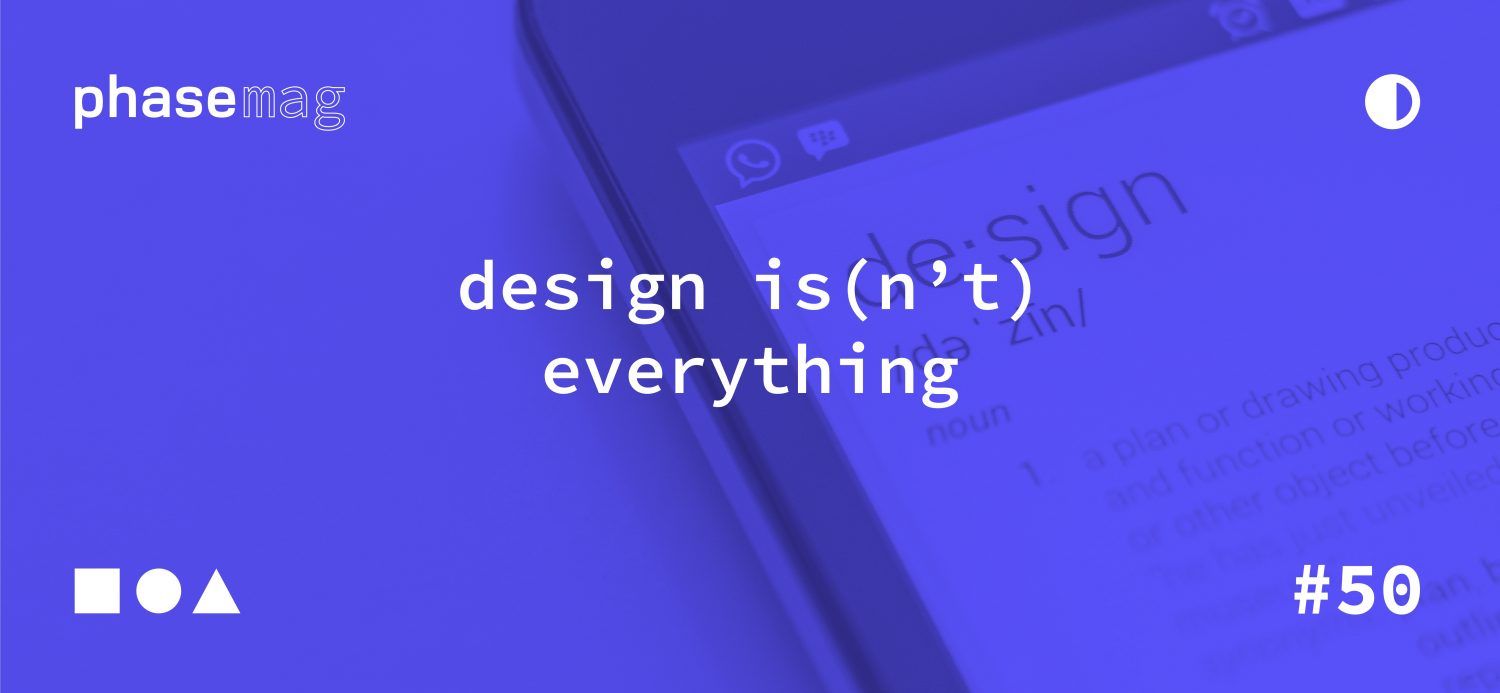
Design isn't Everything

Designing the Future: Forging New Paths in UI Education

Should You Gamify Your UI?

Motion (R)evolution: How Animation Changes the Design Process

Is The Client Always Right?
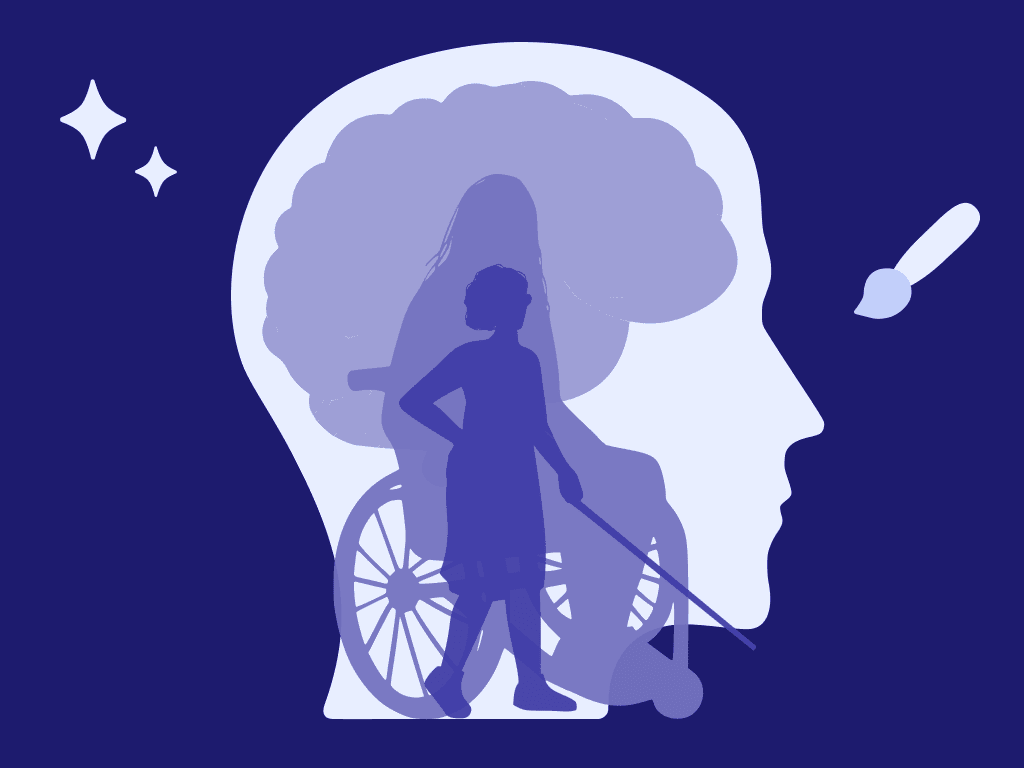
Designing Apps for Accessibility
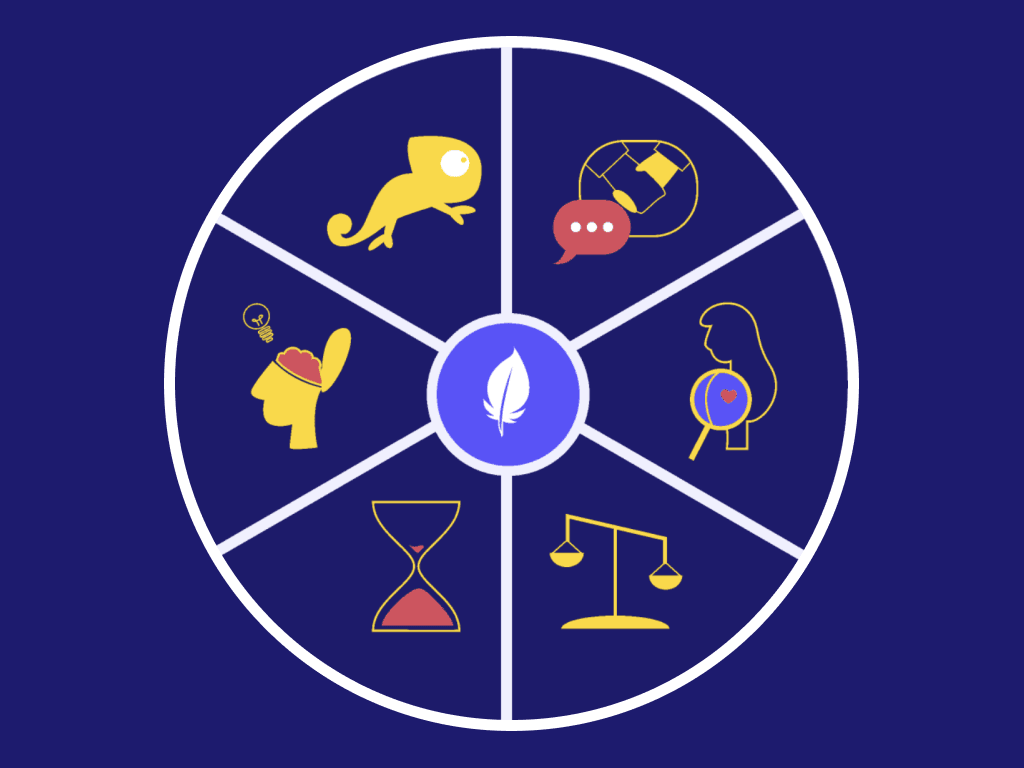
The Soft Skills of Exceptional UX Professionals
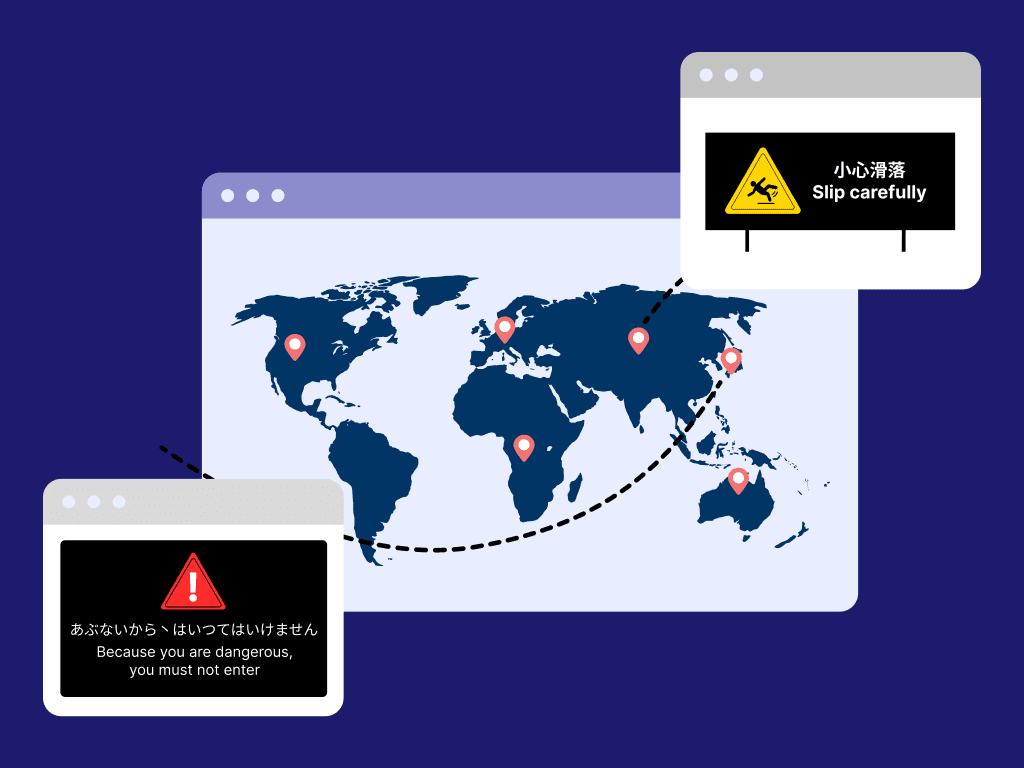
When Localization Goes Wrong (And How to Avoid It)

Design Ego: The Good, The Bad & The Ugly

Balancing Between Creativity and Ethics

Spruce Up Your Designs with Micro-Interactions
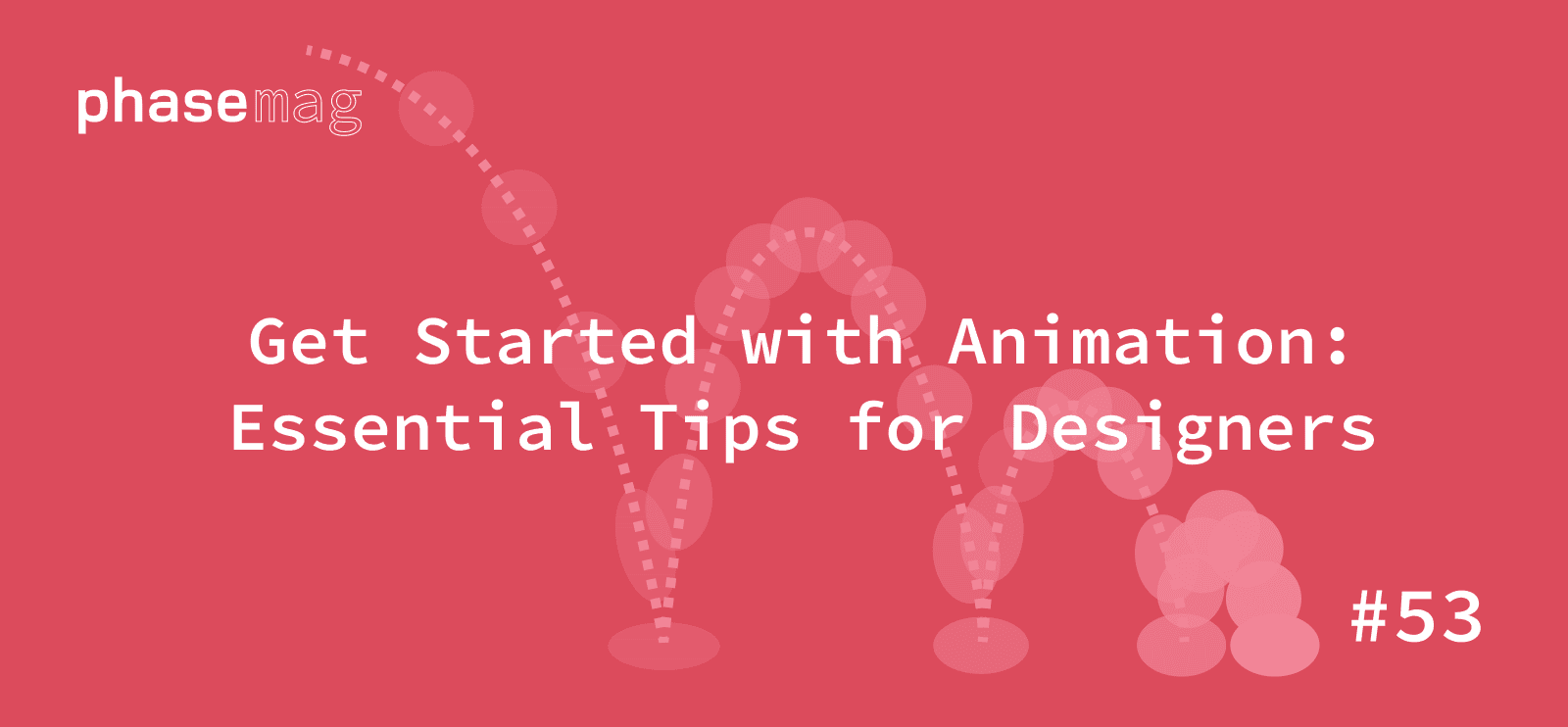
Get Started with Animation: Essential Tips for Designers

Everything We Learned Designing Software for Children
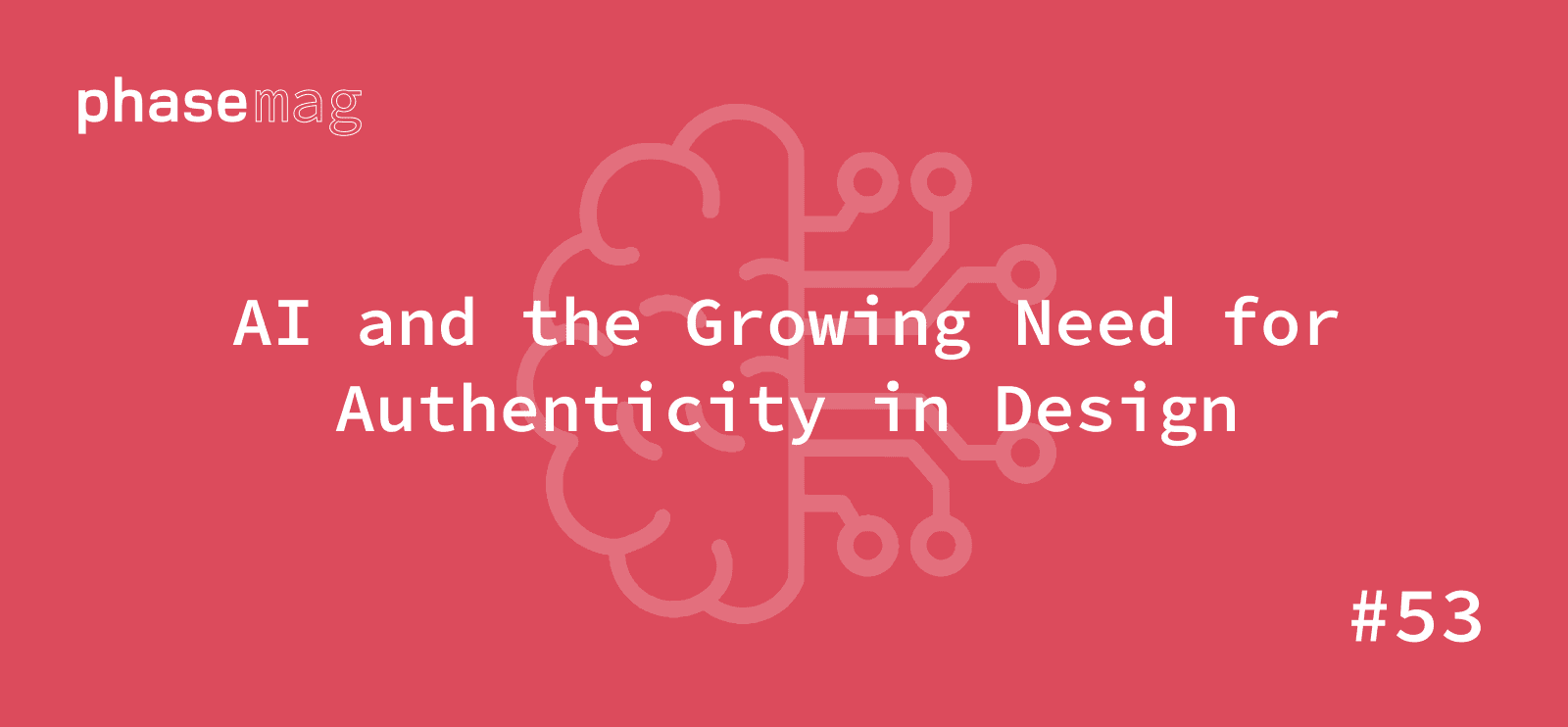
AI and The Growing Need for Authenticity in Design

Animation in Phase: First Look

Move over GIF: Lottie and Other Animation Formats are Taking Charge

Good Design Is Never (Too) Obvious

How to Communicate Remotely

Biomimicry: When Design Copies Nature

If Only I Had Done It Earlier

Fail, Reflect, Iterate: Rethinking the Design Process

The Problem With Average Solutions

Começar a Prototipar
Comece com nossa plataforma gratuita baseada na Web.
© Phase Software GmbH 2025